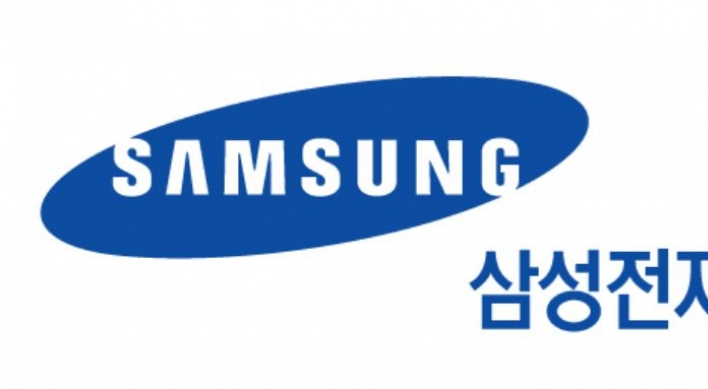‘Korando Three’ brings new vigor to Ssangyong
After six years, carmaker succeeds in turnaround on upbeat Korando sales
By Korea HeraldPublished : Aug. 25, 2013 - 20:32

Ssangyong sales in the first half of this year grew 23 percent from a year ago. Total sales reached 69,000 units, which was at par with its goals and also the highest since 2007. In the second quarter, the carmaker swung into the black for the first time in about six years after posting an operating profit of nearly 3.7 billion won.
The strong performance seems more promising considering that most local carmakers, including the dominant Hyundai and Kia brands, suffered lukewarm sales in the domestic car market.
Dramatic revival
Since 2010 when India’s Mahindra & Mahindra acquired Ssangyong, the company started efforts for the dramatic turnaround, unveiling the concept Korando C at the Busan motor show in the same year.
The Korando SUV, which originated from the phrase “Koreans can do,” was launched in October 1974 and has the longest history of any Korean car brand.
Based on its edge in building competitive SUVs, Ssangyong came up with the refurbished version Korando C. The “C” stands for classy, comfortable and clean.
More recently, the recent camping boom among Korean consumers became a great sales boost for the Korando C, which boasts more dynamic and youth-oriented styling compared to its masculine predecessor.
In the first seven months this year, the Korando C sold 9,991 vehicles, up 24.2 percent from the same period last year. And the sales boom shows no sign of abating with the facelift version going on sale from Aug. 7.


Evolving Korando
Taking advantage of the success of the Korando C, Ssangyong unveiled last year the Korando Sports, which replaced the previous Actyon Sports, and rebranded the car as the nation’s first “leisure utility vehicle.”
The Korando Sports, the carmaker says, specializes in leisure activities with a rear deck and wider interior space for carrying luggage and other large-size items.
Until 2011, the model used to sell some 900 vehicles per month. Now the figure has surged to more than 1,500 units.
Early this year, Ssangyong also launched the 11-passenger Korando Turismo, completing the Korando family look.
The successor of the conventional boxy van, Rodius, transformed into a “recreation base-camp” for family gatherings on holidays while maintaining the Korando brand’s dynamic and sporty image.
Ssangyong keeps going
Ssangyong, boosted by the Korando Three, posted 6.2 billion won ($5.6 million) in net profit during the second quarter of this year, a turnaround that comes first since the third quarter of 2007.
Its exports to Russia, Latin America and India also jumped 15.4 percent from a year earlier ― another indicator that fuels positive outlook over Ssangyong’s future growth.
“We accomplished the second-quarter turnaround on robust car sales and the positive synergy with Mahindra,” said Ssangyong Motor CEO Lee Yoo-il. “We will continue efforts for improving profitability.”
In May, Mahindra also pledged a capital increase worth 80 billion won to support Ssangyong’s revival plan. And some of the new investment will go to the carmaker’s new compact SUV project, named “X100.”
Buoyed by upbeat sales, the carmaker in May resumed a two-shift working system at its Pyeongtaek factory, four years after it discontinued its night shift following its court receivership in 2009.
By Lee Ji-yoon (jylee@heraldcorp.com)
-
Articles by Korea Herald





![[KH Explains] No more 'Michael' at Kakao Games](http://res.heraldm.com/phpwas/restmb_idxmake.php?idx=644&simg=/content/image/2024/04/28/20240428050183_0.jpg&u=20240428180321)



![[Grace Kao] Hybe vs. Ador: Inspiration, imitation and plagiarism](http://res.heraldm.com/phpwas/restmb_idxmake.php?idx=644&simg=/content/image/2024/04/28/20240428050220_0.jpg&u=)









![[Herald Interview] Xdinary Heroes shoot for the next level with 'Troubleshooting'](http://res.heraldm.com/phpwas/restmb_idxmake.php?idx=642&simg=/content/image/2024/04/29/20240429050745_0.jpg&u=)